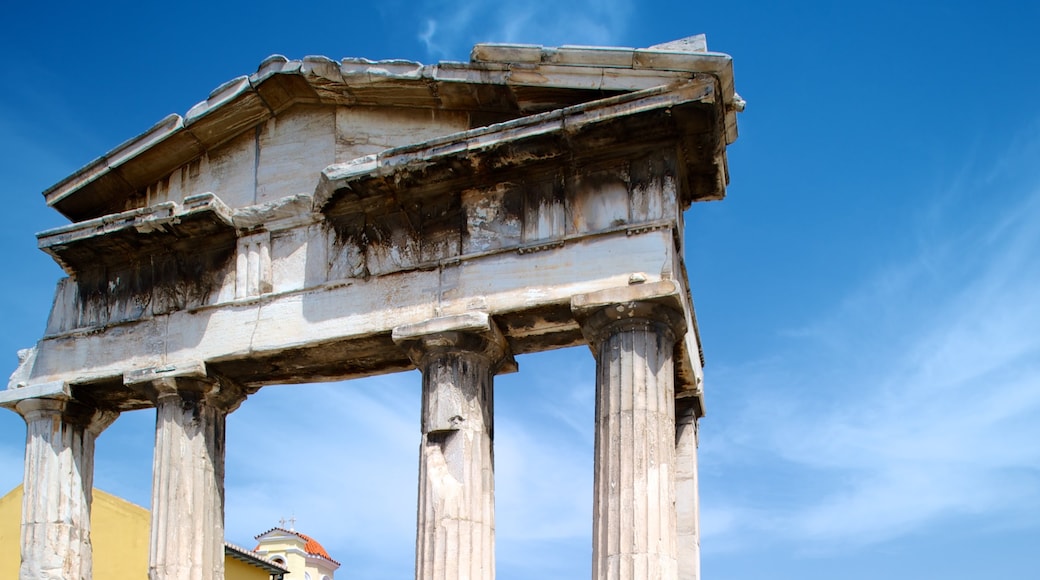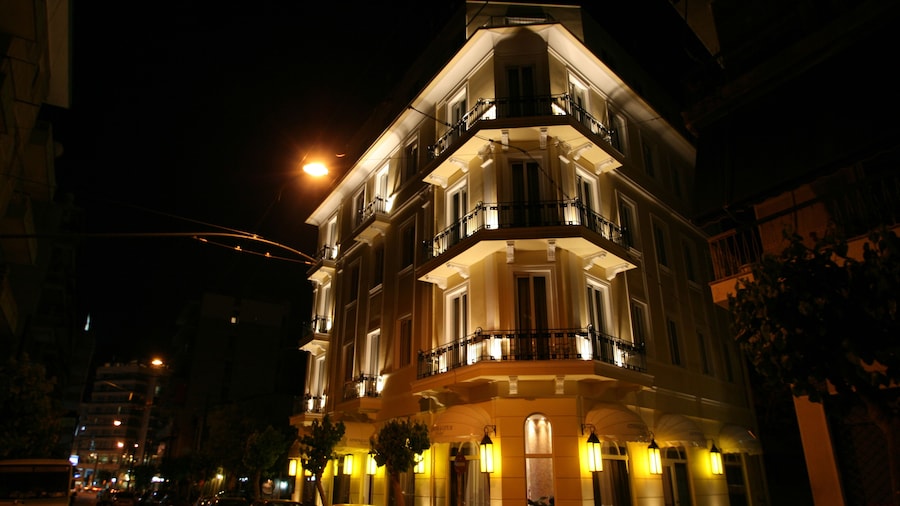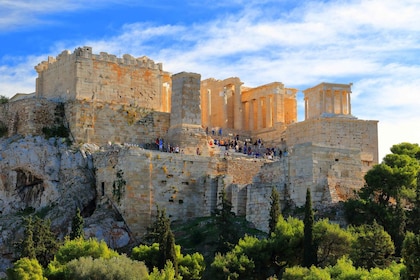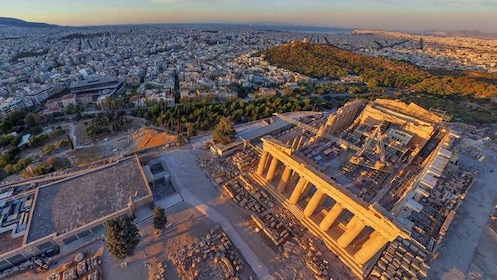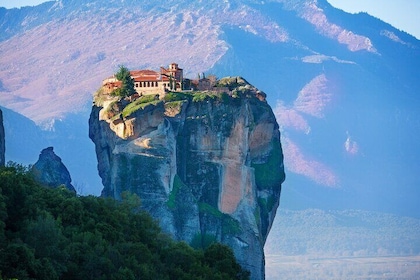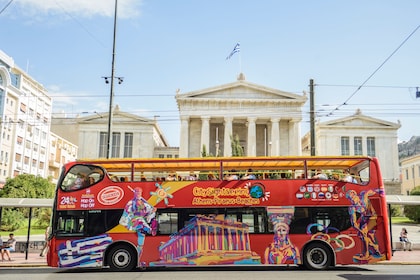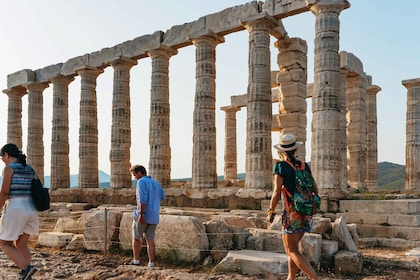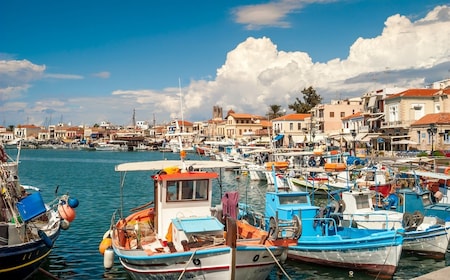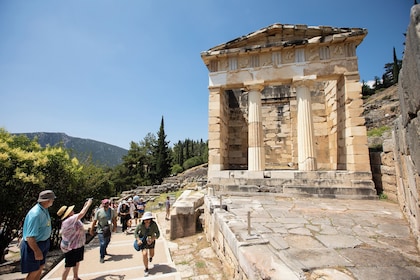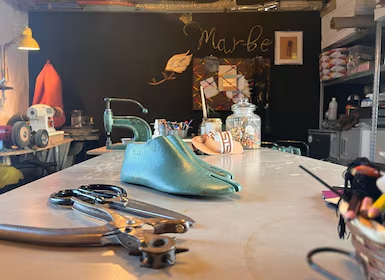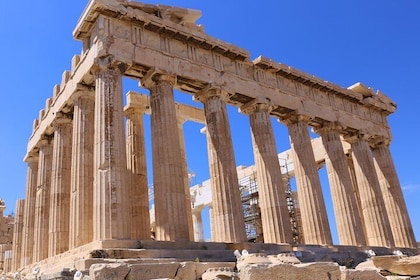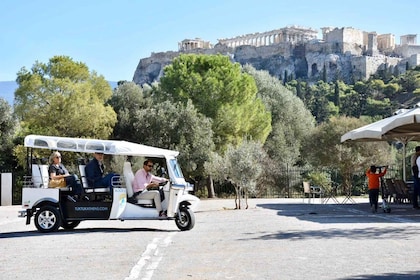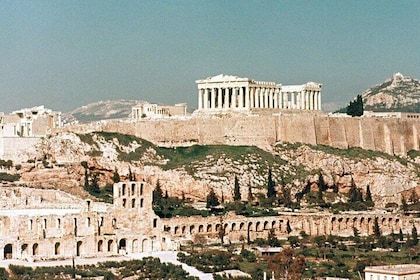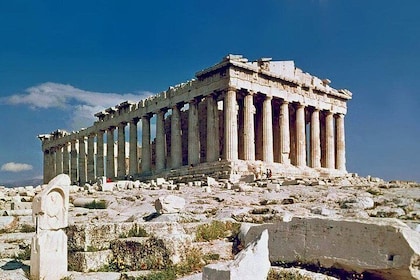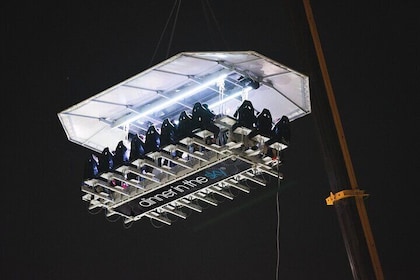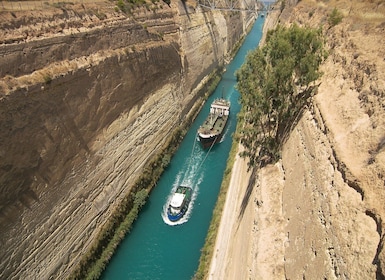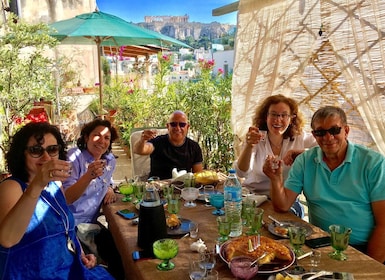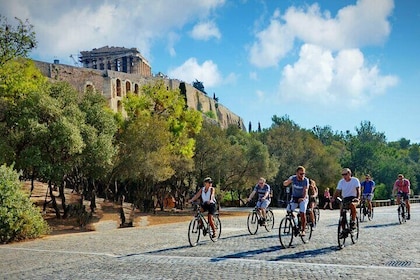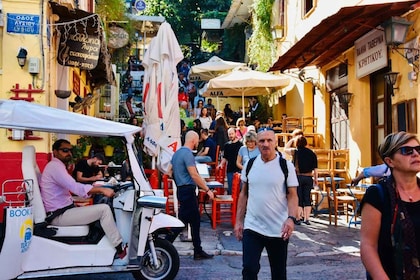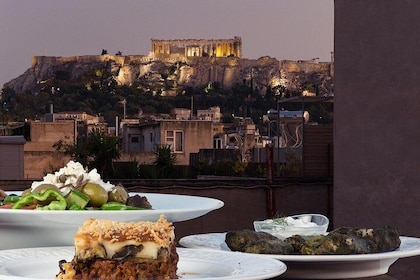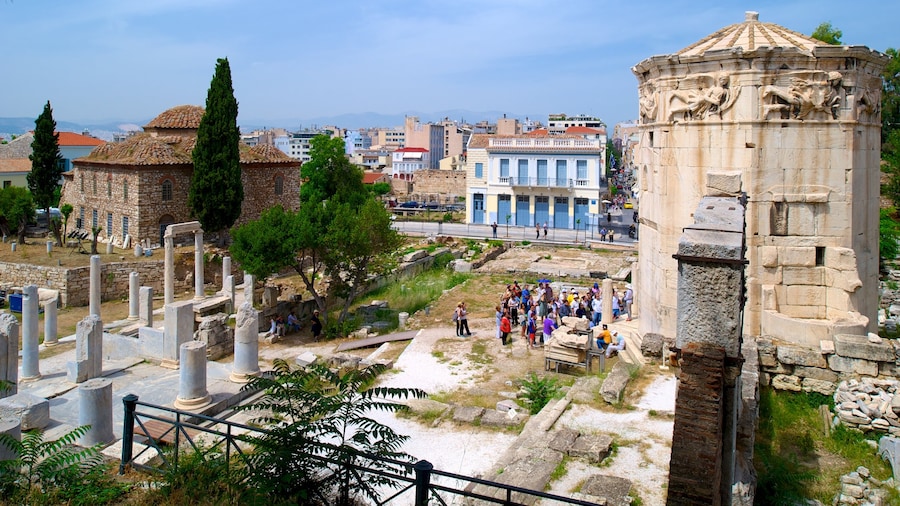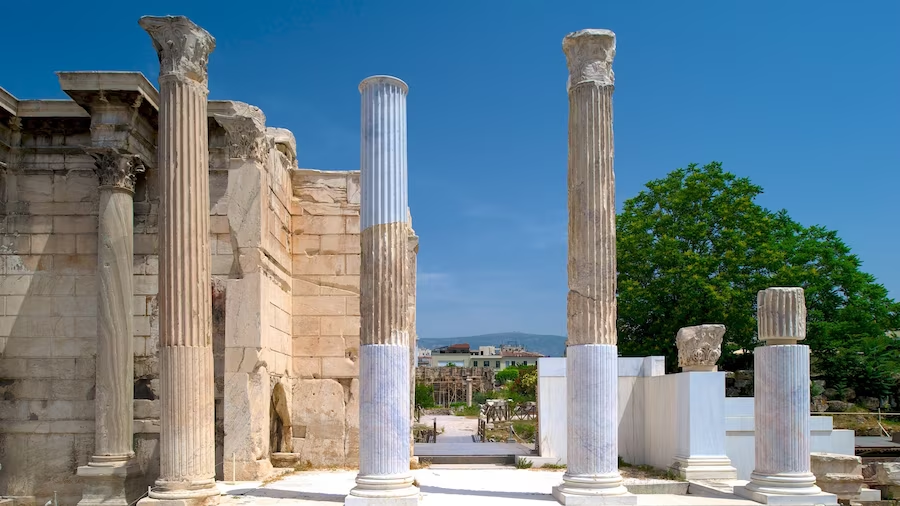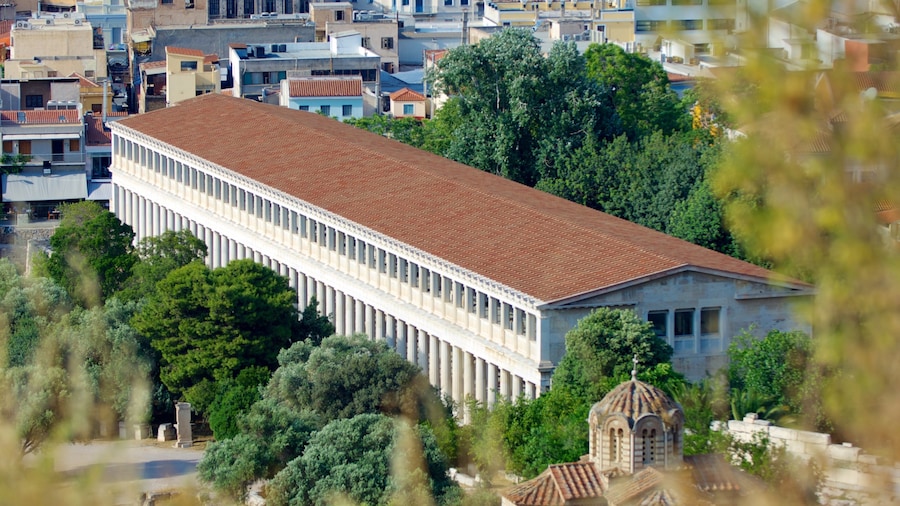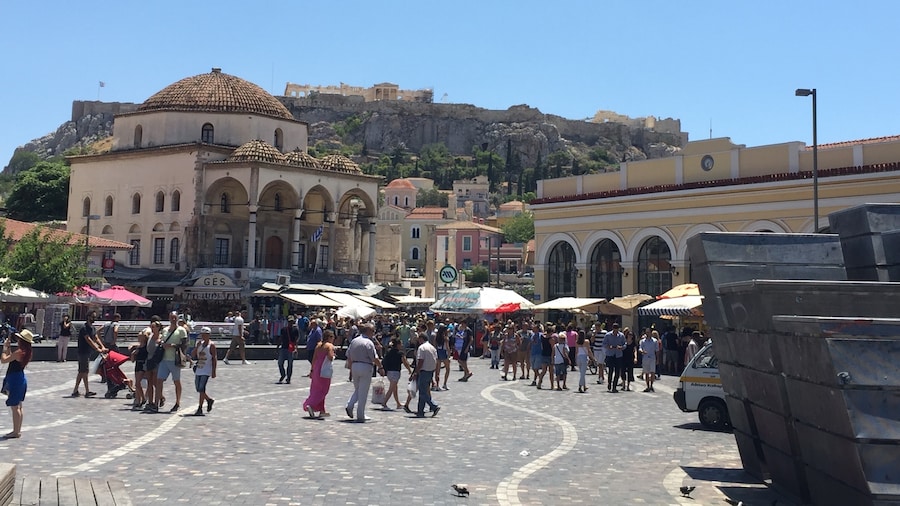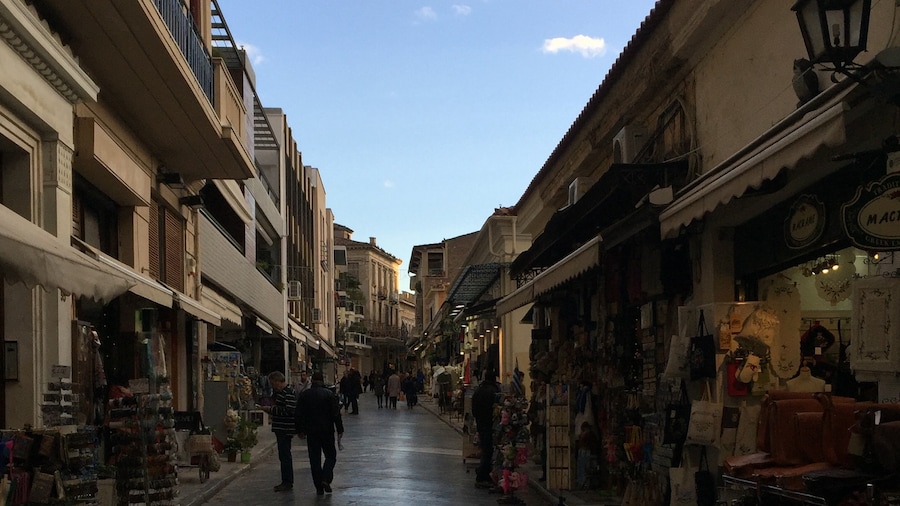Imagine shopping where the ancient Greeks did, as you stroll through the remains of the former meeting centre of Athens, composed of colonnades with marble columns.
The Roman Agora was constructed in the 1st century with donations from Julius Caesar and Augustus. This was the center of political and public life in Ancient Athens. People met in the large open area surrounded by buildings filled with shops for commerce, political, religious and military activity. You can easily picture women and men in flowing togas and sandals strolling among the ruins of the white marble columned colonnades.
Make your way to the northwest area of the Acropolis to find this 367 by 315 foot (112 by 96 meters) forum. You’ll find yourself in a spacious courtyard surrounded by columns and the slabs of marble. You can see the remains of fountains, shops, and temples built to honor the Olympian Gods. There’s even an ancient drainage system.
One of the most well-preserved structures is the foundation of a public latrine constructed in the first century, just inside the entry. The ancient Gate of Athena Archegetis, surrounded by four classic Doric columns, makes for one of many great photo ops. And the majestic Fethiye Djami mosque is one of the best-preserved buildings from the Ottoman Empire.
You can buy refreshments at the park outside the Acropolis, or save money purchasing food and water at a nearby store. Guides are available for a price, near the ticket kiosk, or buy a souvenir guidebook and take a self-tour.
The Roman Agora is within the Acropolis complex in the center of the city. It is accessible by public transportation. Admission is covered in the cost of the Acropolis, and the site is open daily. Get there early to avoid the year-round crowds and the heat of summer.
